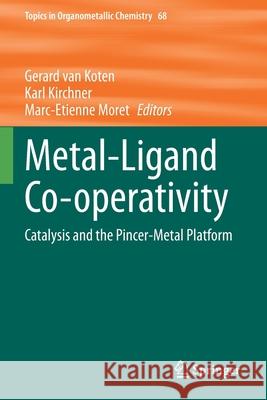Metal-Ligand Co-Operativity: Catalysis and the Pincer-Metal Platform » książka
topmenu
Metal-Ligand Co-Operativity: Catalysis and the Pincer-Metal Platform
ISBN-13: 9783030689186 / Angielski / Miękka / 2022 / 464 str.
Metal-Ligand Co-Operativity: Catalysis and the Pincer-Metal Platform
ISBN-13: 9783030689186 / Angielski / Miękka / 2022 / 464 str.
cena 1328,44
(netto: 1265,18 VAT: 5%)
Najniższa cena z 30 dni: 1272,31
(netto: 1265,18 VAT: 5%)
Najniższa cena z 30 dni: 1272,31
Termin realizacji zamówienia:
ok. 22 dni roboczych
Dostawa w 2026 r.
ok. 22 dni roboczych
Dostawa w 2026 r.
Darmowa dostawa!
Kategorie BISAC:
Wydawca:
Springer
Język:
Angielski
ISBN-13:
9783030689186
Rok wydania:
2022
Ilość stron:
464
Waga:
0.64 kg
Wymiary:
23.39 x 15.6 x 2.39
Oprawa:
Miękka
Wolumenów:
01
Dodatkowe informacje:
Wydanie ilustrowane











